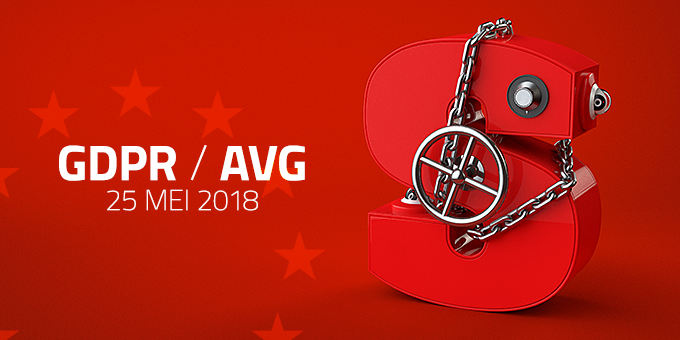Is your loyalty programme running successfully or is there room for improvement? Either way, it is a good idea to reassess it on six essential points. Asses your loyalty programme using this checklist in order to ensure customers who stay.
MOT of Your Loyalty Programme.
Developments such as mobile loyalty, new customer journeys and big data, place different requirements on your loyalty programme. Are the objectives set back then still valid? Has mobility fully been integrated? Do your saving values and saving goals still create the desired effect? Check it with the following six points.
1. Mobile First
For 85 percent of consumers, the smartphone plays a pivotal role in daily life. It is personal, turned on 24/7 and always relevant. Our ‘sixth sense’ plays a central role in the current purchasing process and offers many technological opportunities to enhance loyalty experience, amongst others by location and sound recognition.
2. Data
Only when you analyse and apply data correctly, you will gain insight into your light, medium and heavy users, allowing you to make sound decisions about which people you wish to spend more budget on. Using the data retrieved from geo-fencing, sound recognition and digital loyalty cards, you can communicate one-on-one and make the bond with your customer more personal, more fun and more relevant.
3. Target Audience
Many customer journeys look different thanks to internet and mobile telephony. It is now a continuous process, so reconsider your customer journey. Connect existing and create new touchpoints in your loyalty programme. Also keep in mind that customers now have more choices, are ‘smarter’ and have higher expectations. Loyalty develops itself from buy “x” and get “y” to relational rewards based on previous behaviour.
4. Value
Is your saving unit or value future-proof? Points with a monetary value cost money and require a reserve on the balance sheet, which can be limiting. Programmes that involve points with virtual value are scalable, cost less, and don’t lead to balance sheet liabilities. Moreover, they offer more room for stimulating behaviour other than purchasing behaviour, such as social engagement and reviewing. An example of this is Eurosparen.
5. Redemption
Reward is the most important pillar in a saving programme. Researchers Smith and Sparks show that customers who redeem points spend significantly more, and show more customer satisfaction and loyalty. Search for the right balance in your rewards. Differentiate between hard benefits, such as gifts and privileges, and soft benefits, such as status, exclusivity, and gamification. The right balance ensures a refreshing and surprising programme.
6. Objectives
Review the commercial, communication and data objectives regularly and consider whether your loyalty system is still satisfactory. Many brands want to surprise or reward their most loyal customers with a little something extra. An example of this is a frequent flyer-programme. The biggest pitfall of such a design is that customers are unfairly treated instead of appreciated. Because often, frequent flyer-systems make it unnecessary hard on loyal customers to book a flight, or points get devalued right when an objective is within reach.






